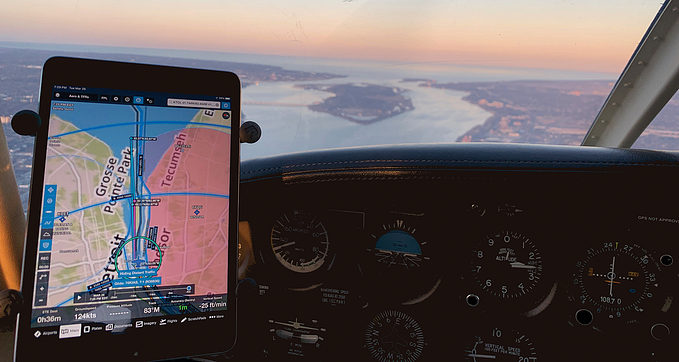
Drone 54, Where Are You?!
The Road to Remote ID
by Emanuel Cruz, FAA UAS Integration Office

To adjust slightly the lines of famous ’60s singer-songwriter, Bob Dylan — the skies, they are a changin’. The unmanned aircraft (UAS) community continues to grow. UAS registrations have surpassed 1.5 million. Drone sightings are everywhere in the news; this winter even saw national coverage of alleged mysterious drone sightings across Colorado and Nebraska. On the commercial front, the FAA has now allowed two companies to deliver packages, in limited areas, beyond visual line of sight of the pilot. The agency has also proposed a rule to allow drones to operate over people and at night.

While opportunities are expanding for widespread use of drones, we must be mindful of other NAS users. Protecting people, whether flying or on the ground, is always a priority. Traffic management is integral to maintaining safety in the NAS. That, in turn, requires us to know what’s flying. As the then acting FAA administrator Daniel K. Elwell noted at the 2018 UAS Symposium, “for this industry to flourish commercially and be of public service, all aircraft — unmanned or otherwise — must be identifiable.” Consistent with that idea, proposed regulations for operations over people and night operations will not take effect until regulations for remote identification are in place.
Remote ID isn’t a completely new concept. In 2016, Congress tasked the FAA to work with industry on ways to implement a remote ID concept. An aviation rulemaking committee of over 70 industry members developed recommendations for remote ID rules, taking into account technology, security considerations and implementation. This led to the formulation of the FAA’s rulemaking project in 2018 on remote ID.
If you’ve ever followed a rulemaking project, you may already know the heavy lift necessary to even propose a rule. The FAA has to establish standards, ensure that there is a means for the public to comply with those standards, develop the rationale for both, conduct an economic analysis and coordinate across the government to avoid adverse impact on areas outside its realm of responsibility. Aviation community interest has been high, with the topic at the forefront of many drone related conferences and congressional hearings on the status of the rule.

Rulemaking hasn’t been the only front for addressing the remote ID concept. ASTM International has been working to develop technical standards for remote ID, and expects to publish those standards in early 2020. Additionally, an FAA and industry cohort will be collaborating to develop a framework for how third-party service suppliers can support the remote ID concept. Each of these is an important piece to implementing remote ID. All of them being worked in collaboration with the industry and the public. But one of the more anticipated opportunities for engagement that the public has been waiting for is the publication of the proposed rules for Remote ID.
On December 31, 2019, the FAA met a major milestone by issuing the Remote ID Notice of Proposed Rulemaking. With the chance to impact and shape a final rule, the proposal has drawn thousands of comments. As it looks forward, the FAA will address those comments and begin its efforts to publish a final rule. While there is more work to do to allow this industry to flourish, publication of the proposed rule means we are now one step closer toward that goal.
Visit the FAA’s Information Page on UAS Remote Identification at bit.ly/UASRemoteID.
Emanuel Cruz is the manager of the Safety and Operations Branch in the FAA’s UAS Integration Office.











